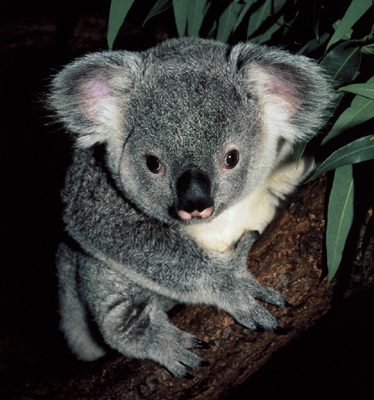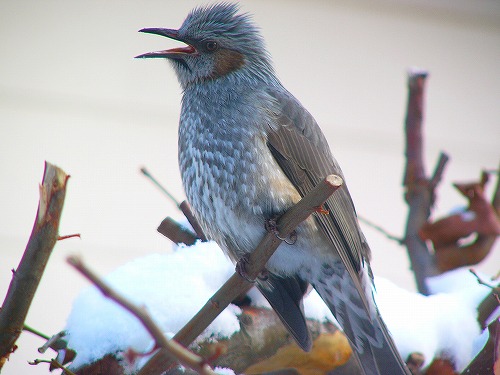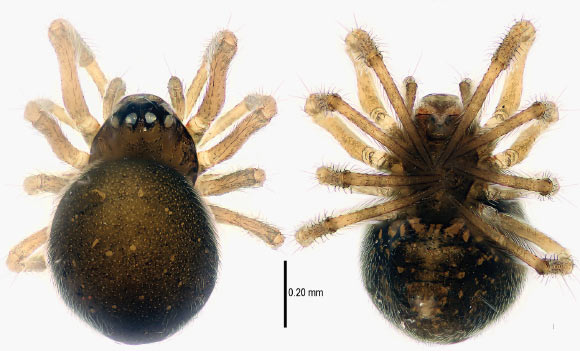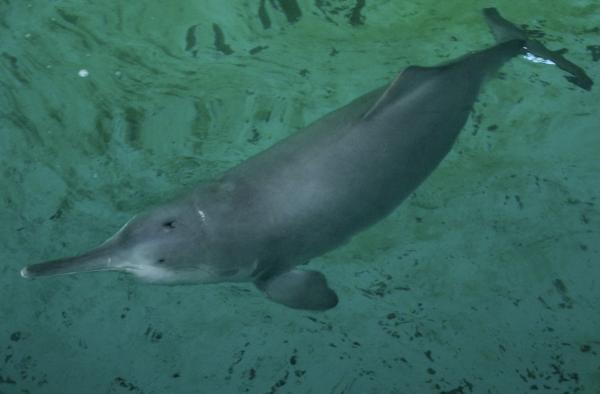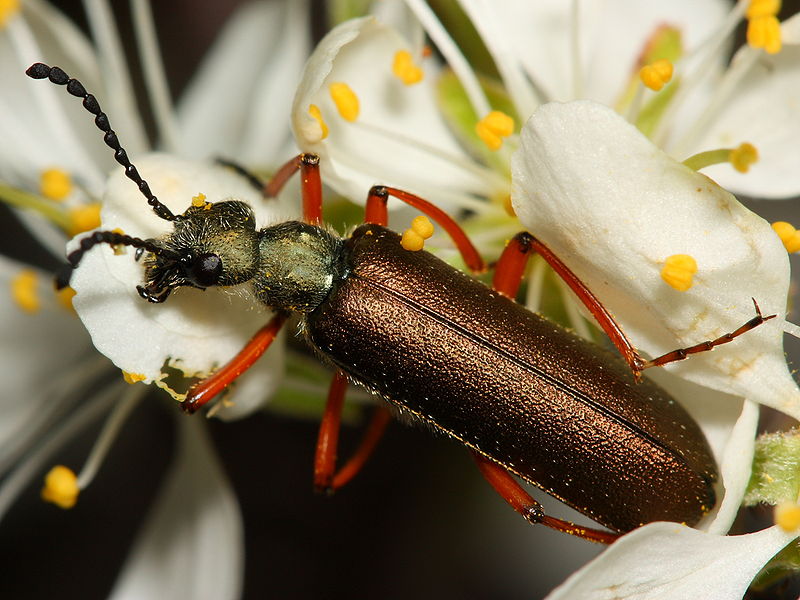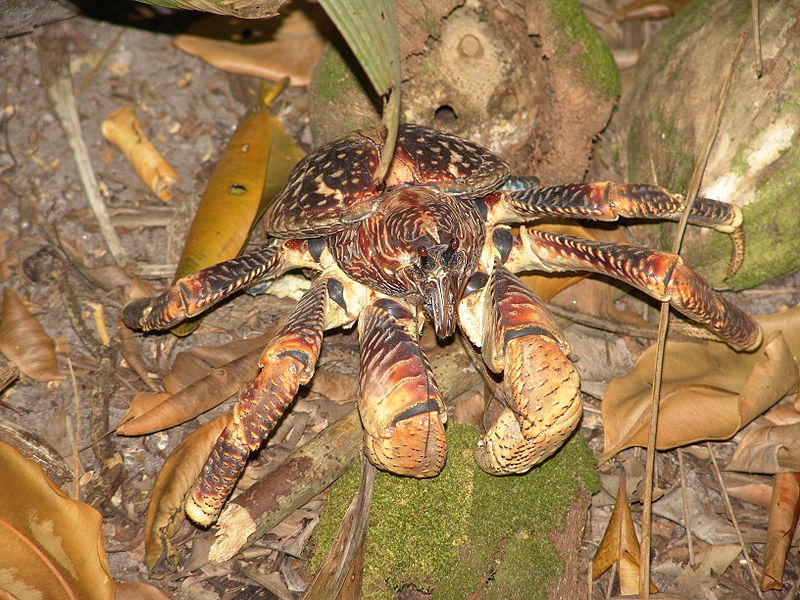
Did You Know?
- The Coconut Crab is also referred to as the Robber Crab has they have been known to steal shiny objects]
- This species of crab is the largest terrestrial arthropod in the world
- As the name suggests, this crab has a love for coconut and is able to crack open with their incredibly powerful pinchers
How Big is a Coconut Crab?
So just how big is the largest terrestrial arthropod in the world? Unfortunately, their size doesn’t sound all that impressive as they only weigh up to 4.1 kg (9 lbs). But when you consider that they are most likely at the upper limit of what an animal with an exoskeleton can handle with Earth’s current pressure, it is quite an amazing feat. This gigantic crab is the only member of their Genus (this is the classification just above species and below family) and they are closely related to another beloved terrestrial crab, the Hermit Crab…yes, the one that will carry a pop can around to use as a house.
Adaptations of a Coconut Crab
Living a life on land, when most of your relatives prefer the water, can be difficult, however, the Coconut Crab has several adaptations to make the life a little easier. For starters, the adults have an incredibly tough exoskeleton protecting them from their dangerous environment (young crabs are much like the Hermit Crab and need to use empty shells to protect their body). Breathing tends to be an important aspect for living so the Coconut Crab has evolved a set of “Branchiostegal Lungs”, which allows our featured crab the opportunity to breathe. With these highly evolved lungs comes a gigantic downfall…they can’t breathe underwater. Interestingly enough, they can’t swim so if they end up submerged in the water, they will drown.
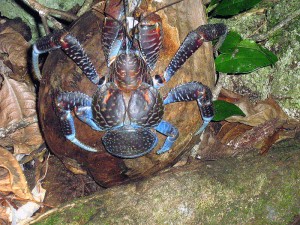
Powerful Smelling Crabs
In general, crabs are not known for their increased sense of smell, however, the Coconut Crab is not like most other crabs. Nope, these crabs have developed an acute sense of smell which they rely on heavily to find food. So what kind of food are they looking for? These interesting land crabs will eat anything from fruit, nuts, seeds and even carrion (these are dead animals which probably stink pretty bad so I don’t know why they needed to evolve an acute sense of smell). There have been reports of these crabs climbing coconut trees, picking the coconuts before breaking into them to enjoy the sweet taste of coconut flesh. While this may happen, this is not one of their main sources of food. Good thing too because it sounds like an awful lot of work.

